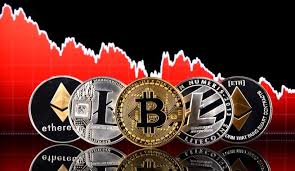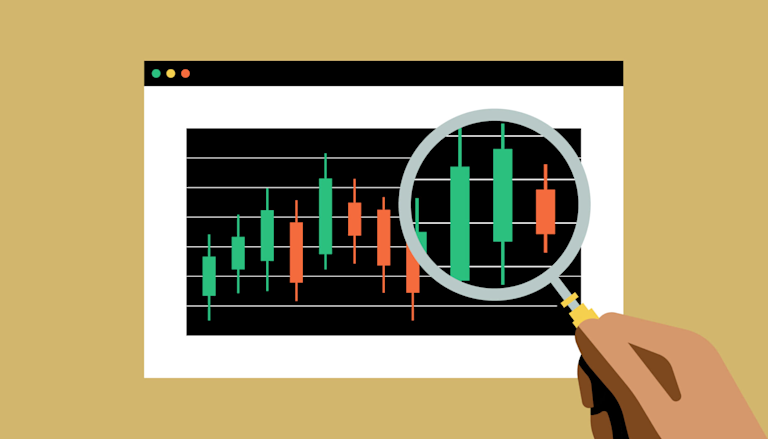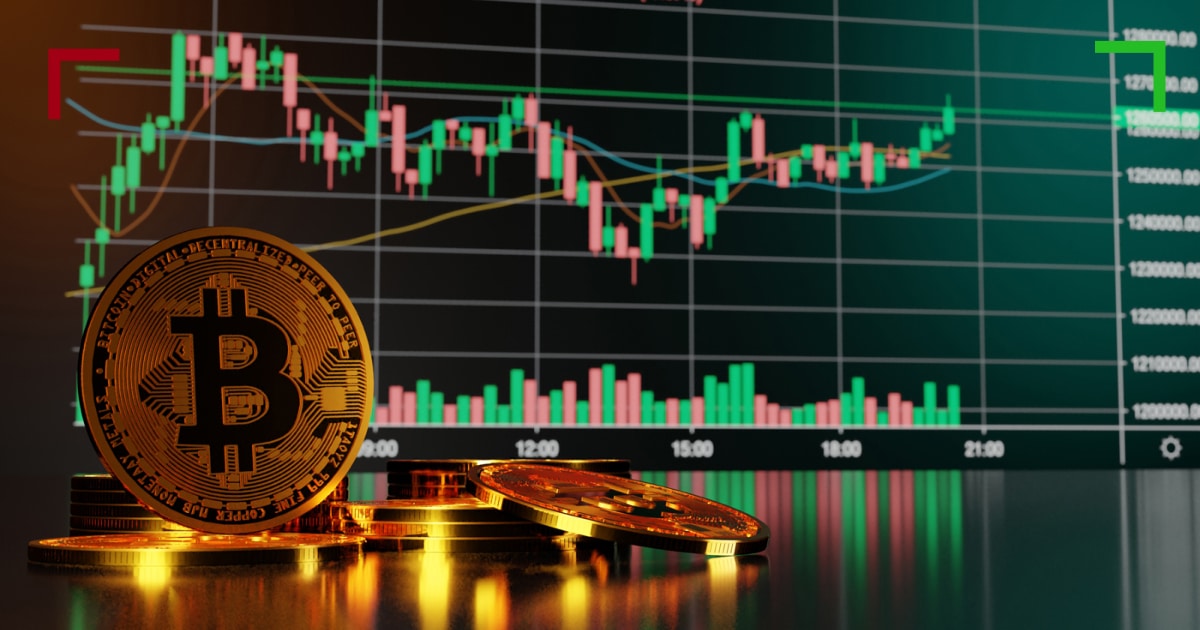
The Rise of Crypto Trading High-Frequency: Strategies, Tools, and Impacts
High-frequency trading (HFT) has become a significant player in the world of financial transactions and investments, particularly in the domain of cryptocurrency. With the rapid growth of digital currencies, traders are increasingly turning to advanced algorithms and automated systems to capitalize on the volatility of crypto markets. Crypto Trading High-Frequency visit website This article delves into the intricacies of high-frequency trading in the cryptocurrency market, exploring its strategies, tools, and potential impacts.
What is High-Frequency Trading?
High-frequency trading refers to the use of sophisticated algorithms to execute a large number of orders at extremely high speeds. Traders, or more often trading firms, utilize powerful computers to manage thousands of trades per second. The aim is to profit from small price discrepancies that may last only milliseconds or seconds. In the context of cryptocurrency, where price volatility is pronounced, HFT offers unique opportunities and challenges.
Why High-Frequency Trading in Crypto?

The cryptocurrency landscape is characterized by its rapid price movements and 24/7 trading cycles, making it an ideal environment for high-frequency trading. As digital assets either surge or plummet dramatically, HFT strategies can be employed to take advantage of small price movements. Moreover, the decentralized nature of cryptocurrency exchanges, combined with varying liquidity levels across platforms, creates additional arbitrage opportunities for HFT traders.
Key Strategies in Crypto High-Frequency Trading
In high-frequency crypto trading, several strategies are commonly utilized. Each of these strategies requires a unique approach and a sophisticated understanding of market behavior:
- Market Making: This strategy involves placing buy and sell orders simultaneously to profit from the bid-ask spread. Market makers provide liquidity to the market and can earn profits consistently with the right algorithms.
- Statistical Arbitrage: This involves creating complex mathematical models to identify price discrepancies between related cryptocurrencies or currency pairs. Once identified, HFT systems can act instantly to exploit these inefficiencies.
- Trend Following: Some traders employ HFT strategies based on momentum, analyzing trends and executing trades either to ride the wave or to short the asset as it peaks.
The Role of Technology in HFT
Technology serves as the backbone of high-frequency trading. The aspects critical to its success include:

- Ultra-Low Latency Networks: Speed is crucial in HFT. Traders invest in high-speed internet connections and colocation services to reduce the time it takes for data to be transmitted between exchanges.
- Advanced Algorithms: Sophisticated mathematical models and trading algorithms are developed to analyze vast amounts of data and execute trades at breakneck speed.
- Machine Learning: With advancements in artificial intelligence, many HFT systems employ machine learning techniques to adapt and optimize trading strategies based on real-time data.
Risks Associated with High-Frequency Trading
While high-frequency trading presents numerous opportunities, it also comes with significant risks:
- Market Manipulation: Due to the speed at which trades can be executed, HFT can contribute to market manipulation practices, such as “spoofing,” where false orders are placed to deceive other traders.
- Systemic Risks: The reliance on technology also means that technical failures can lead to substantial losses. A faulty algorithm can amplify losses in volatile markets.
- Regulatory Scrutiny: Regulators worldwide are increasing their scrutiny of HFT practices, leading to concerns about the fairness and stability of markets.
Future Outlook for Crypto High-Frequency Trading
The future of high-frequency trading in the cryptocurrency space is poised for further evolution. As regulatory frameworks develop, the practices of HFT will need to adjust to ensure compliance while still aiming for profitability. Innovations in trading technology, AI, and machine learning will likely continue to enhance the effectiveness of HFT, enabling traders to remain one step ahead in the increasingly competitive crypto market.
Conclusion
High-frequency trading has transformed the landscape of crypto trading, offering tools and strategies to capitalize on market inefficiencies at lightning speed. While there are inherent risks, the potential rewards make it an attractive avenue for sophisticated traders. As the market continues to evolve, those equipped with knowledge, technology, and sound strategies will be best positioned to navigate the tumultuous waters of cryptocurrency trading.